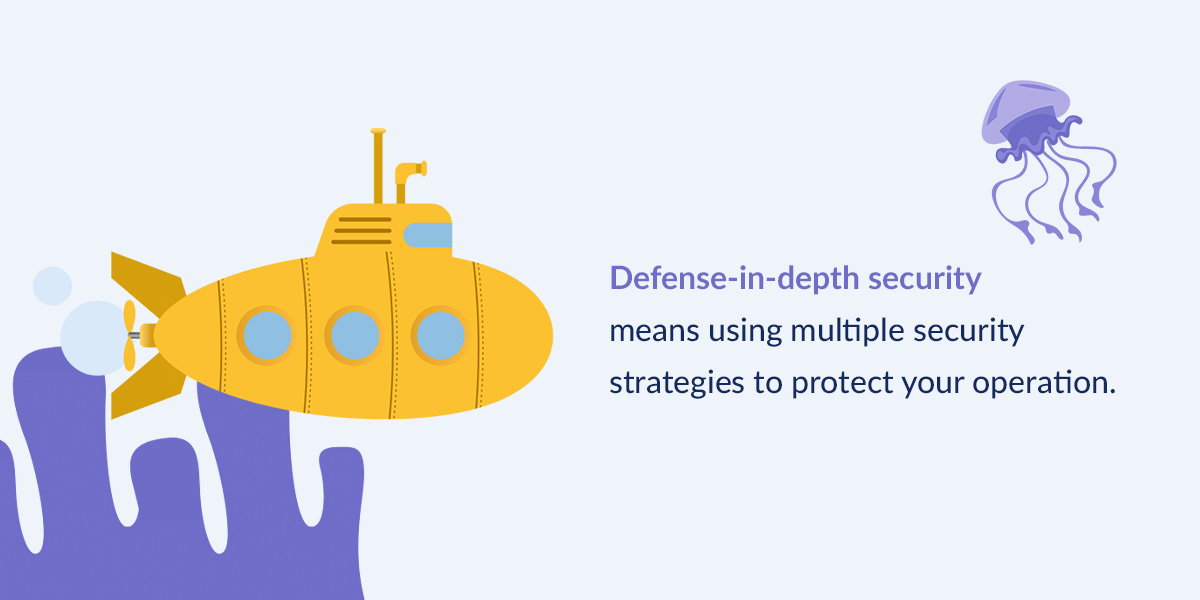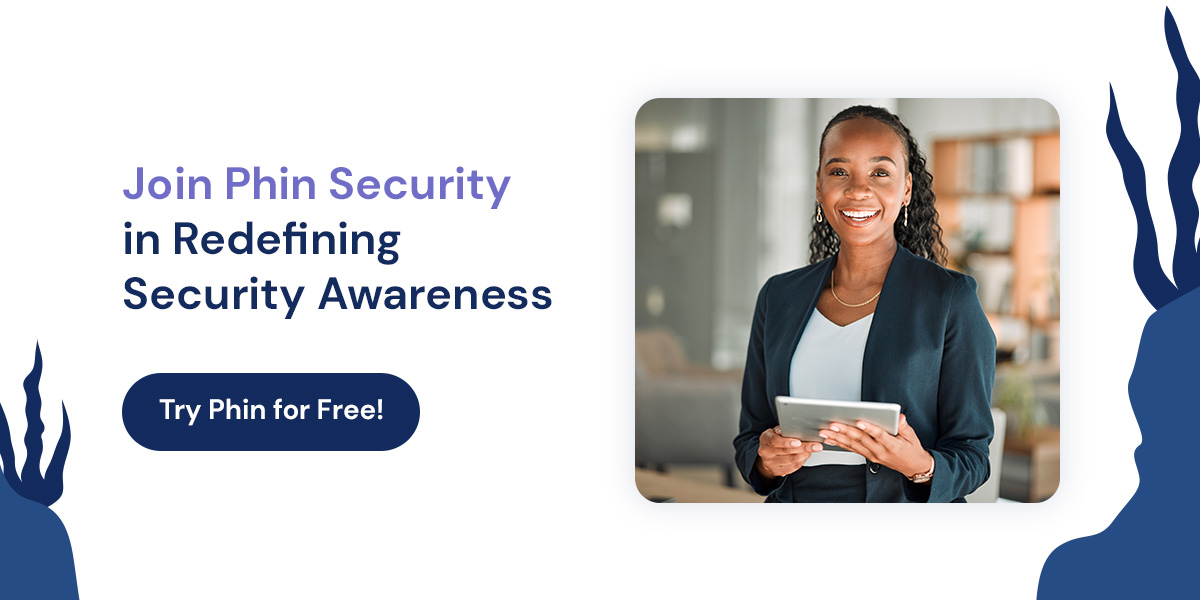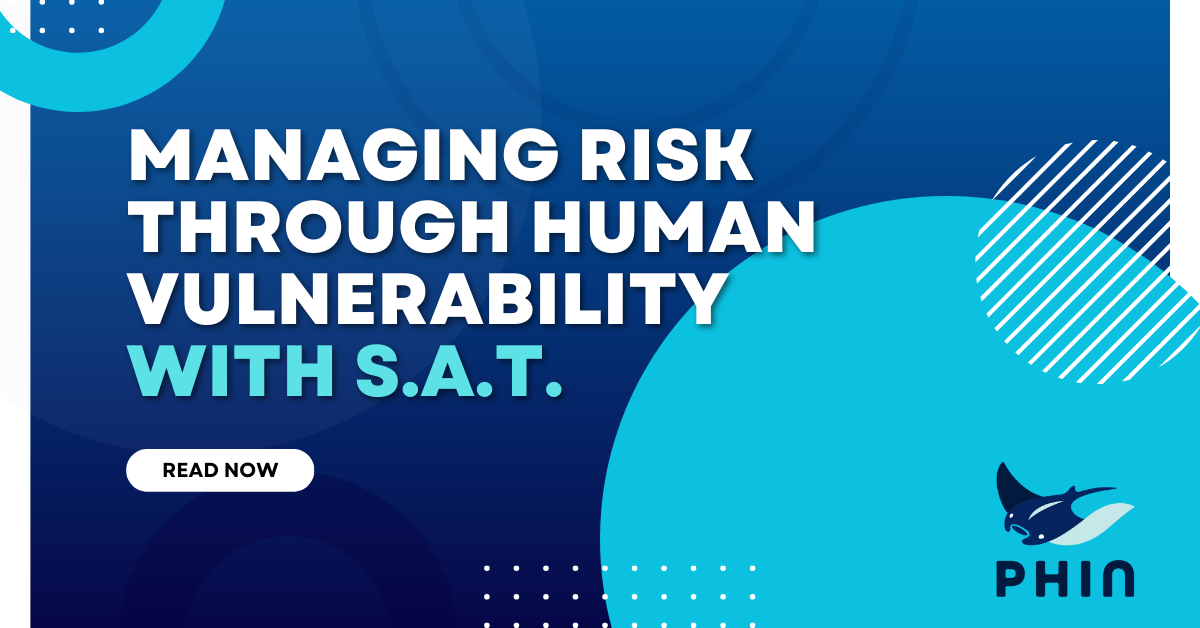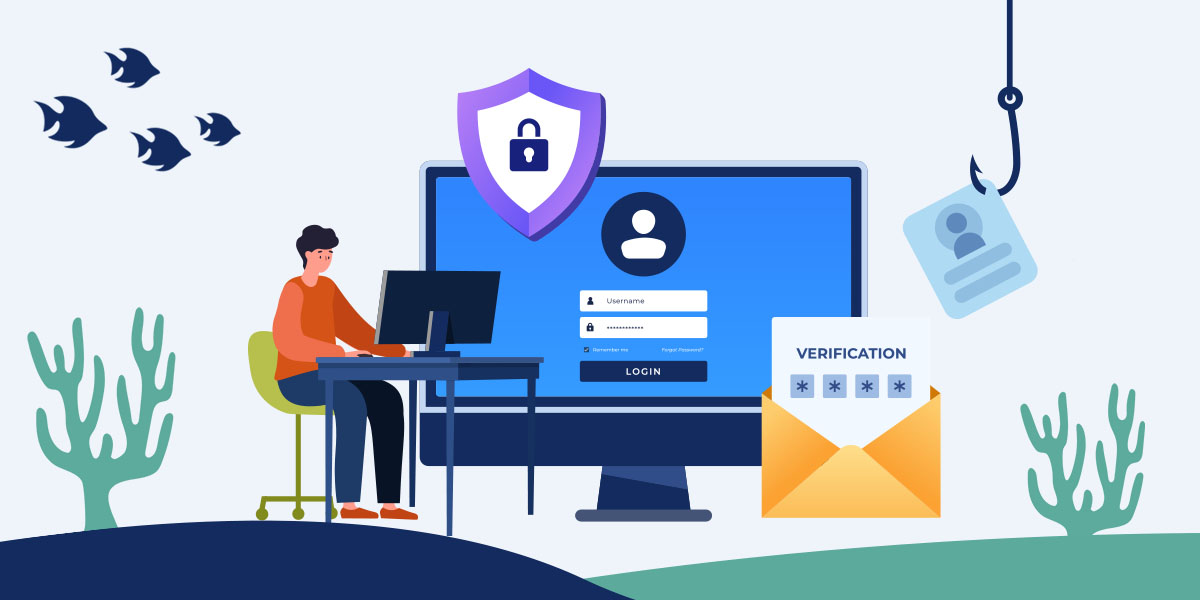


Top 10 Tips for Minimizing Human Vulnerability



Due to that role and the scope of their access, MSPs are prime targets for cyberattacks. For a threat actor, an MSP provides a tempting opportunity. Instead of attacking many targets, the threat actor only needs to infiltrate one and leverage its position with their clients.
MSPs must be constantly vigilant and implement security safeguards to effectively mitigate threats. One critical set of safeguards is managing human vulnerability. This article will cover the top 10 tips for minimizing human factors in cybersecurity to help you protect your operation.
What Is Human Vulnerability?
Human vulnerability is a weakness in your defense created unintentionally by users — humans can accidentally forget, leak or otherwise release valuable information. Cyberattackers exploit these weak points. Typically, they do this through social engineering, a set of confidence schemes that take advantage of psychological proclivities to gain access to information.
An obvious pattern emerges when we look at social engineering attack types like phishing, vishing, business email compromise and pretexting. Threat actors apply a sense of urgency to familiar-looking scenarios by asking staff to make a snap decision. Many people make the wrong choices without proper tools to discern social engineering attacks. Users might reuse passwords, click an infected link or give out sensitive information over the phone in an emergency, leading to infection with malware or disclosure of critically sensitive information.
People can provide excellent defenses when provided with the tools to identify and thwart social engineering attacks. Humans are detail-oriented and outstanding at spotting patterns far more effectively than computer algorithms. Training and equipping your team lets them proactively defend against cyberattacks and minimize human vulnerability and error.
Top 10 Tips for Minimizing Human Vulnerabilities
Critical to any human vulnerability mitigation program is the need to drive human strengths and minimize human vulnerabilities. Here are 10 ways you can do that. This list isn’t exhaustive — depending on your organizational commitment and resources, you can do even more to minimize and manage human vulnerabilities.
1. Invest in Quality Training
You can’t expect people to avoid social engineering attacks if they don’t know how. Your team must successfully identify a social engineering attack when it happens. The best way to do that is by providing engaging and memorable training that reinforces desirable responses.
Investing in quality, up-to-date training gives your employees the tools they need to succeed. Teach people to recognize, avoid and report the tactics threat actors use. Update your training materials to keep up with changing attack patterns. Courses cover all the basics while giving your team the most recent information for preventing cybersecurity attacks.
2. Empower Staff to Respond
Staff empowerment is an often-ignored component of addressing the human element of vulnerability. Like any other detection and remediation platform, your employees may identify false positives. If that happens, do not penalize people for those mistakes.
Social engineering attacks are unique because they typically come through public-facing communication sources. These may impact the customer service team as first-line responders. Taking punitive measures against employees who, say, refuse an attempt to get credentials or access will undermine the safeguards and tools training provides. Letting your team know you see and value their efforts encourages them to stay vigilant and promotes a culture of security.
3. Provide Clear Escalation Pathways
Your staff must understand how to escalate potential social engineering attacks or questionable infrastructure behavior. Making the escalation process challenging or hard to find will reduce your team's willingness to report issues. When security holes get ignored, it could contribute to the scope and severity of a cyberattack.
One example is a secure email gateway that allows staff phishing reporting. The button to report phishing should be a prominent, easy-to-access call to action. Teach your team how to report a phishing email and what happens next.
4. Implement Defense-in-Depth Security Infrastructure

Human security is not foolproof. Threat actors might devise a sophisticated technique that is nearly impossible to spot, or someone having a bad day could miss an attack. Whatever the cause, security solutions are susceptible to letting threat actors and malware into the environment.
Building defense-in-depth security infrastructure is critical. Defense-in-depth security means using multiple security strategies to protect your operation. Critical infrastructure should have checks that secure the environment from improper change. Monitoring should be robust and identify when something doesn’t align with established baselines.
It’s also crucial to protect infrastructure and data. That protection may include detection and response, data loss prevention tools and other information security infrastructure. You can also encrypt data in transit and at rest. While some users can access that information, it minimizes the exposure of data across the organization if coupled with appropriate permission management.
5. Enforce Role, Attribute or Relationship-Based Access Control
Having an access control framework is critical to safeguarding assets and preventing data exfiltration. Following best practices of least-privileged and minimum necessary access also helps minimize the blast radius of any attack and data exfiltration event.
Your organization can use access control to supplement human controls by limiting who can access sensitive information. Then, threat actors must work to target an account that will provide them with the access they need. Increasing the attack duration this way makes it more likely that you can catch and expel a threat actor.
6. Try Password Management
With six out of 10 people reusing their passwords across accounts and “123456” still sitting at the top of the most commonly used passwords list, your company must invest in better password management. The human brain has limited storage space — password spray attacks are successful because people use easy-to-remember passwords or simple themes. If someone consistently uses the same password for multiple accounts, their corporate password might be easy to guess.
Long security passphrases are ideal for keeping accounts secure. Passphrases are more challenging to guess because of the high character volume, but they're also easy to remember. This combination makes them excellent for securing accounts. Using passphrases alone isn't enough — your team needs separate passwords for each account to keep everything secure, and that's where password managers come in.
Password managers reduce human error around repeating passwords. They help your team generate and track their complex passwords, improving security without losing track of all their accounts. Having passphrases and password managers helps minimize the risk around weak or easily guessed passwords, keeping hackers out. Additionally, they often have encryption and two-factor authentication, boosting security even more.
With password managers, users can regularly update and rotate their passwords, strengthening your cybersecurity and preventing the reuse of breached passwords.
7. Stay on Top of Software Updates
No one likes to stop working while they wait for their system to update. Employees may delay software updates so they can keep their to-do list moving. However, software updates are critical for cybersecurity, and neglecting them exposes you to exploitation.
Updates fix bugs, enhance performance and address security weaknesses. Hackers will target outdated software, exploiting holes that updates might patch. These loopholes let them gain unauthorized access, causing damage or leaking data.
Emphasize the importance of system updates and how essential they are to cybersecurity. With everyone working on updated devices, you improve your digital defenses and reduce weaknesses in your system.
8. Incentivize Good Behavior
Cyberattacks can seem like an abstract, far-off concept. On the other hand, rewards and incentives feel tangible and exciting. Good behavior incentives encourage everyone to emphasize cybersecurity. You'll have your team working toward a common goal while having fun.
There are many ways to incentivize good behavior. Perks like an “honor roll” for good performance, prizes for good awareness performance, bug bounties and other similar programs make your team feel seen and appreciated.
Another tip is to communicate those kudos as broadly as possible. As staff see their peers rewarded for security-conscious behavior, they will want to be part of the solution. That quickly becomes a self-reinforcing cycle that promotes other security-minded decision-making.
9. Update Policies Regularly
Administrative security controls are critical to managing information security. Staff should be aware of policies, which you should update regularly to account for current threats. Cyberattacks are constantly changing — your policies should evolve with the threats you face.
Policy updates and communication may seem insignificant, but they're essential for minimizing vulnerabilities. An official document outlining the organizational rules of the road provides a sense of importance to managing security. That formality is critical for communicating the significance of the security mission to your team.
Where policies provide rules for behavior, they should also clearly outline what behavior is unacceptable or unwanted. When everyone is on the same page, they can stay abreast of best security practices.
10. Schedule Audits
Finally, regular cybersecurity auditing and reporting ensure people follow the rules and self-correct as needed. By regularly reviewing performance and compliance with organizational processes and standards, staff will understand the criticality of doing so.
Audits also provide the opportunity for improvement. Lapses may not be because your staff isn’t implementing processes but because there is no standard for a specific function. Evaluating and improving gaps is critical for any successful program. It’s especially vital for human security, where gaps can compromise organizational cybersecurity and create significant risks of harm.
Join Phin Security in Redefining Security Awareness
There’s no silver bullet to tackle human security. Addressing human vulnerabilities means investing in your team to promote understanding and a security-focused mindset. Take the first step toward reducing human vulnerabilities in your organization with tailored training solutions and protection strategies from Phin Security.
Our phishing reporting and analytics deliver real-time data and automated alerts to your organization. You can track your organization's response to phishing simulations and training, letting you design targeted programming to foster a robust, cybersecurity-focused user base. With our simple and effective training, you can create a security-focused culture that's ready to defend against phishing attacks.
Try Phin for free and see the difference high-quality cybersecurity training can make!







Leave a comment: